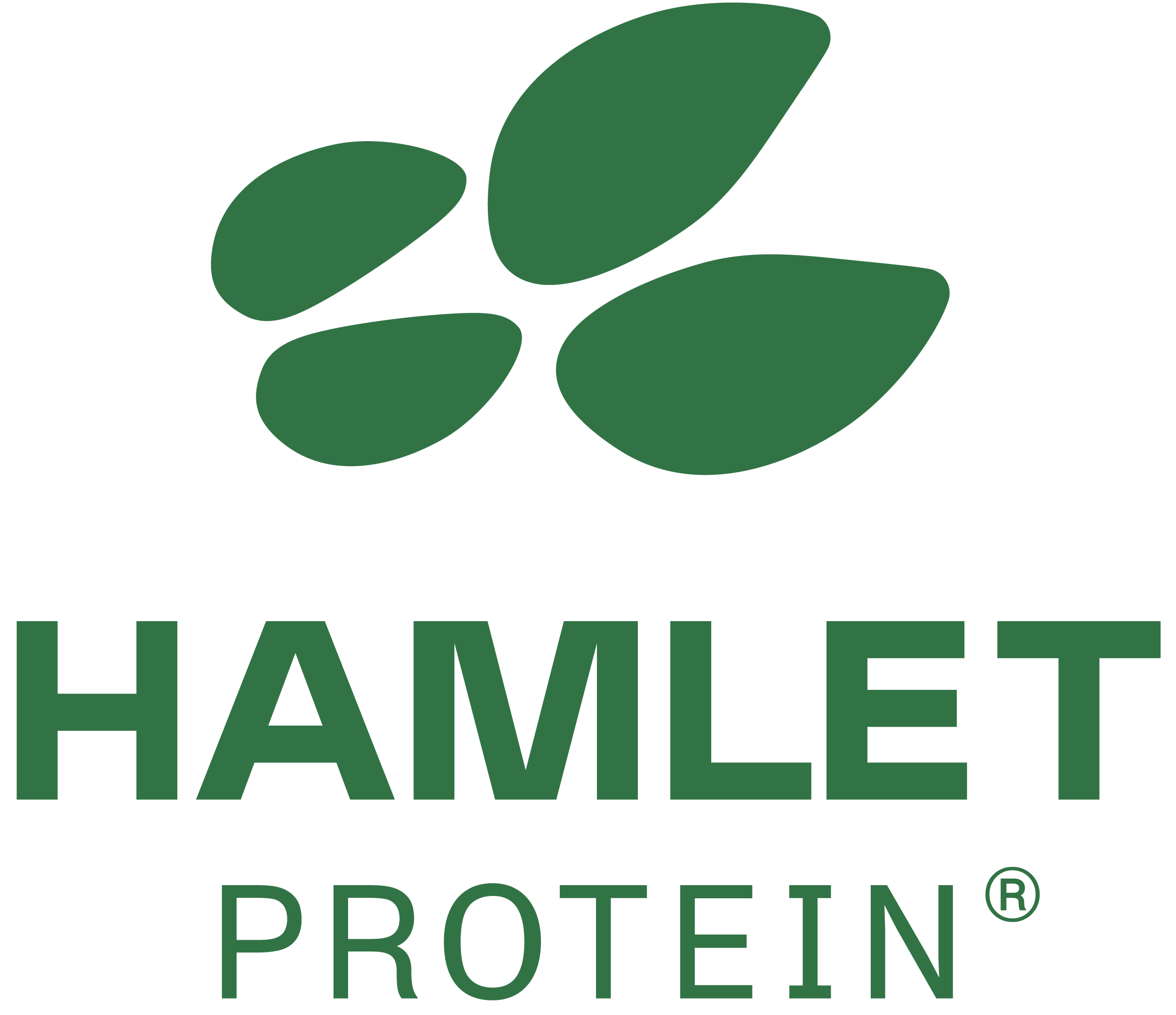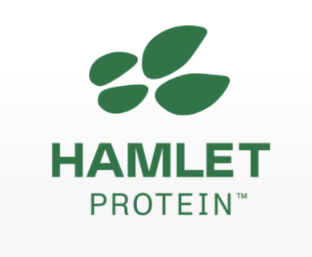



Top three priorities for a successful feed strategy in 2022
Animal producers have been up against considerable challenges during 2021. Costs, health and sustainability should be top of mind for feed formulators in the year ahead.The impact of COVID-19 rumbled throughout the global feed and livestock farming industry in 2021, causing further cost rises and logistical disruptions. At the same time, the African swine fever crisis, reduced antibiotic use and concerns about the climate and animal welfare continued to drive change on the farm and in the market.
Our forecast for 2022 points to much of the same, with profits under pressure and more industry consolidation. Freight costs are likely to remain high until 2023, when investments in shipping and ports will start to make an impact.
In the coming year, feed formulators will need to focus on:
- Maximizing feed efficiency to manage costs and strengthen profits
- Optimizing nutrition to strengthen animal health, welfare and performance
- Eliminating therapeutic zinc oxide from EU feed and reducing antibiotic usage to meet legislative and consumer demand
- Meeting demand for sustainable and traceable supply chains
Here’s our overview of key trends and expectations.
Spiking feed costs increased the focus on efficiency and quality
Commodity prices rose more than 25% in 2021, putting them 40% above pre-pandemic levels. The higher cost of utilities, fertilizers, crop protection and freight plus a growing labor shortage all played into this, causing a major headache for feed suppliers and livestock producers everywhere.
In the EU, supplies of non-GM soybean meal (SBM) all but dried up, resulting in a maximum price premium compared to GM SBM. Initiatives are underway to increase vegetable protein production in Europe and reduce dependence on imports.
SBM prices are expected to remain at around Q4 2021 levels during 2022. As China accounts for around 30% of global SBM demand, Chinese government policies to restrict SBM in feed may impact demand and price.
While global stocks of wheat, corn and soybeans declined, there was a marked increase in quality variations. During the year, poultry nutritionists expressed particular concern about the instability of SBM quality and the potentially negative effect on bird performance and gut health. Studies published by the University of Arkansas in 2021 confirmed the negative effect of stachyose and raffinose – anti-nutritional factors in SBM – on young chicken health.
To safeguard profits against rising prices and fluctuating quality, the swine and ruminant industries have sought ingredients that improve feed efficiency and support gut health, reducing dependence on medication. This is driving large companies to put more emphasis on the consistent quality and nutrient value of each ingredient.
Emphasis on biosecurity and health amid new regulations
African swine fever (ASF) has created significant challenges for the global swine industry. In Asia, China and Vietnam are currently recovering from outbreaks in 2021. China also banned pork exports from Germany, where ASF was discovered in wild boars. The ban is expected to remain in place for at least part of 2022 and has contributed to a large drop in German production.
No outbreaks have yet been recorded in the Americas, where farms have implemented preventative farm management and biosecurity measures. These include reducing the use of animal proteins in feed.
Animal health and welfare is increasingly in the spotlight across the world. The trend towards reducing antibiotics and other medication in feed continues to grow. Within Europe, farmers and feed suppliers have been preparing for the EU ban on the use of therapeutic zinc oxide in feed, which will be enforced from June 2022. Such regulations contribute to the demand for feed and farm management solutions that optimize animal health and productivity while maintaining business profits.
Carbon footprint and animal welfare are becoming sustainable values
Sustainability rose in importance in 2021, which saw the industry strengthen its focus on the environment and carbon footprint. Dairy exporters in Northern Europe and New Zealand, for example, are recognizing the potential negative effect of global warming on essential rainfall. The sustainability and traceability of feed proteins is also becoming a more frequent talking point in the development of feed formulations.
For California’s food and agricultural authority, the first day of 2022 marked the final deadline for enforcing an animal welfare regulation that applies to egg-laying hens, pigs and calves raised for veal. In Europe, animal welfare in intensive poultry production systems is a similarly hot topic that is unlikely to cool in the years ahead.
Such sustainability concerns will play an increasing role in decision-making across the feed and farming supply chain.
Market forecast for 2022 by livestock sector
Swine
Multiple challenges have caused pork prices to decline and driven a further consolidation of the swine industry. Although ASF and COVID-19 are major factors, the industry is also struggling with a shortage of labor in slaughterhouses and price pressures all round. But there are a few hopeful signs that pork prices may start to recover in 2022.
Latin America is currently the only region that predicts stable production growth in 2022, with 6% growth expected in Brazil. By comparison, Spain alone is expected to increase its conventional pig production within the EU in 2022. Europe’s organic pig farming segment, however, stands out as a highly profitable niche.
In China, state purchases of pork are sustaining prices as demand remains well below pre-pandemic levels. Plans for production growth are largely on hold in the US until there is more clarity about the new animal welfare regulations.
Poultry
Poultry production will continue to rise in 2022 as the only meat sector that will grow in all regions. The US Department of Agriculture forecasts global growth of around 2%. Post-pandemic demand is the driver, as consumers seek low-cost animal protein. High feed prices will limit profitability.
Ruminants
The dairy sector quickly bounced back from the initial negative impact of COVID-19 and is expected to remain strong in 2022. Demand is rising on growth markets, with sales of milk powder, whey and milk fat reaching unprecedented new heights. Beef prices are also favorable for producers, although rising feed prices could create a gap between production costs and the price that consumers are willing to pay. Only the market for veal has declined, as veal is most often consumed outside the home. Reduced tourism and catering sales may continue to impact the veal market in 2022.








